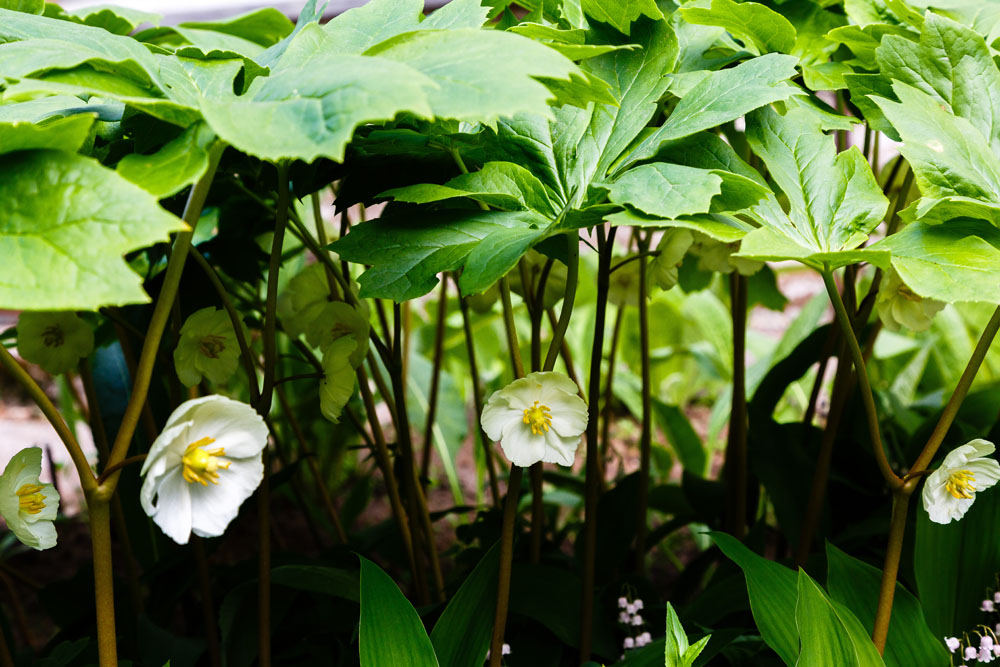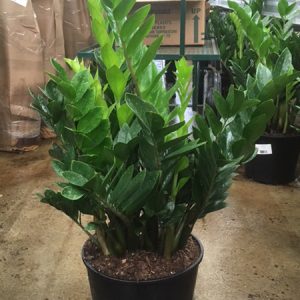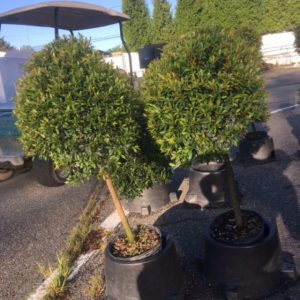Description
Podophyllum – Mayapple –
There are about 9 shade loving, rhizomatous perennial in this genus. They occur from scrub and forest in Eastern North America and from the Himalayas to China and Taiwan. They are grown for their foliage and flowers. Each plant has 1 or 2 peltate, palmately lobed, radical leaves, up to 12″ across with toothed edges and often lobed, sometimes with purplish brown patches between the conspicuous veins, the leaves are pushed up by the lengthening leaf stalks and emerge looking like tiny, folded umbrellas. Terminal, upward facing, cup shaped, pink, white or red 6 tp 9 petal, 2″ wide flowers are held solitary or in small umbels, and are followed by red or yellow fruits, 1-2″ across. Mayapples are suitable for a woodland garden or a moist, shady border. All parts of the plant are highly toxic if ingested, except for the fully ripe fruit of some species.
Grow in humus rich, leafy, moist soil in full or partial shade. Divide in spring or late summer.
Prone to slugs.
P. peltatum – American Mandrake – This rapidly spreading, rhizomatous perennial found from Ontario and Quebec to Texas and Florida grows 18″ tall and 4′ feet wide. It produces long stalked, 5 to 9 lobed, toothed, sometimes 2 cleft, glossy leaves, to 12″ long, well developed at flowering. In spring it bears solitary, semi pendent, shallowly cup shaped, usually 9 petaled, fragrant, waxy white to pale pink flowers, 2″ across, are held beneath the leaves. Flowers are followed by edible, ovoid, yellowish green fruit, 1-2″ long.
Zones 3-9





